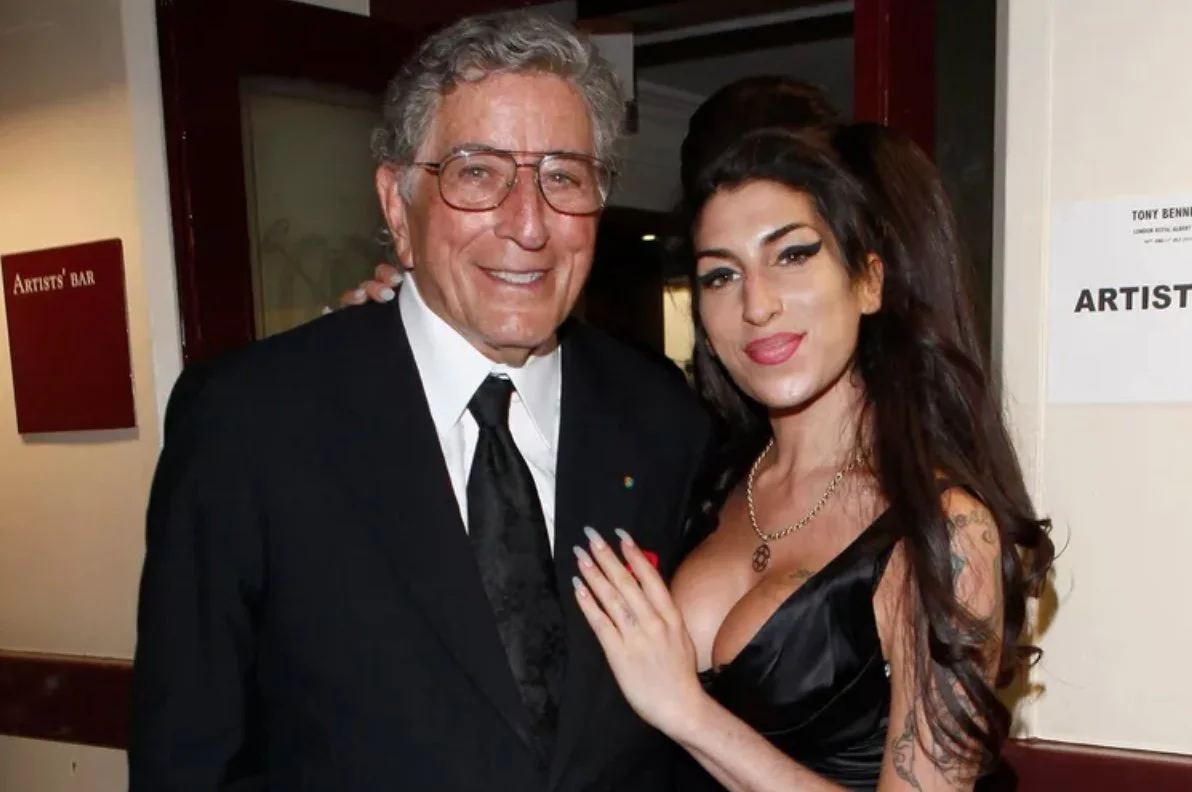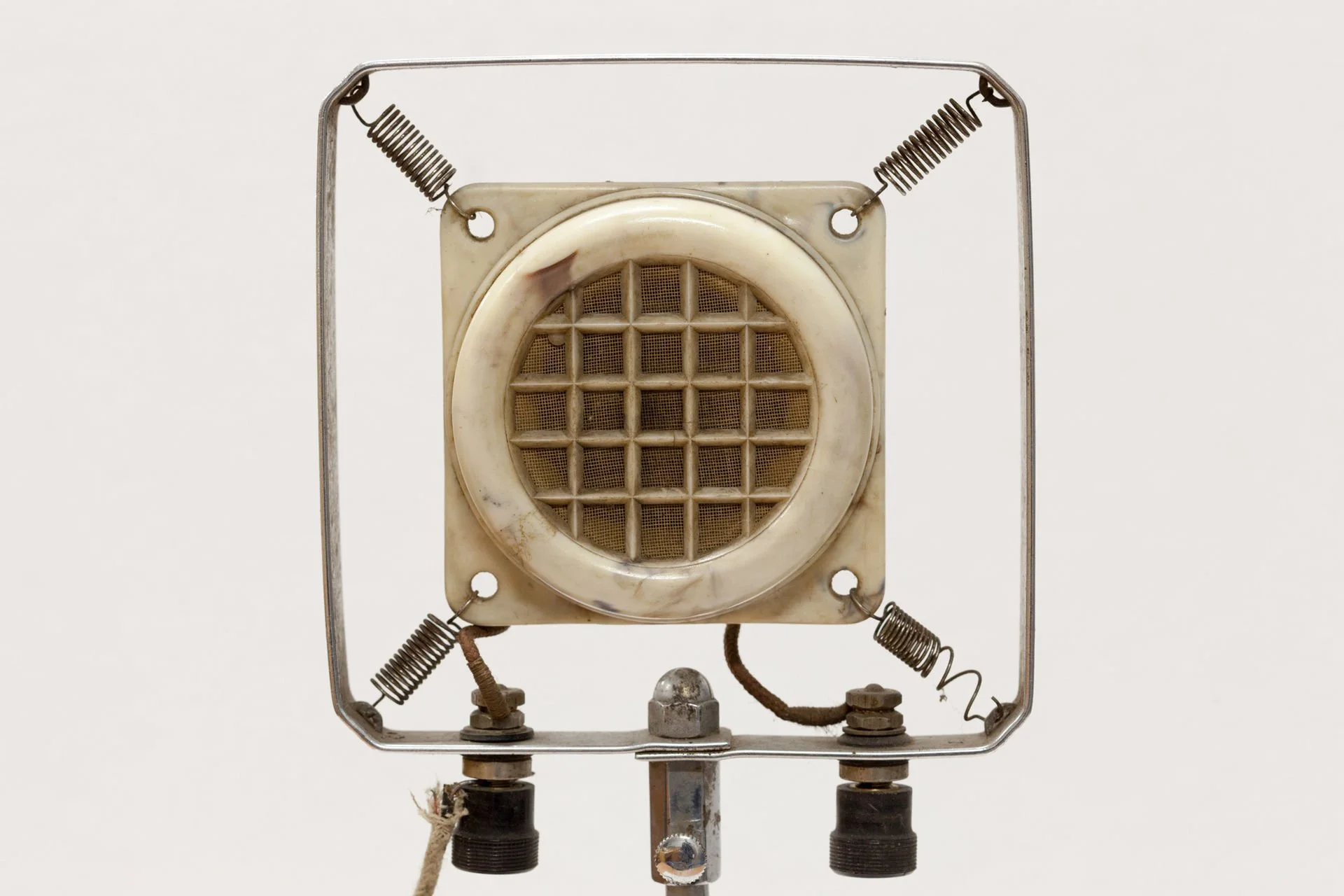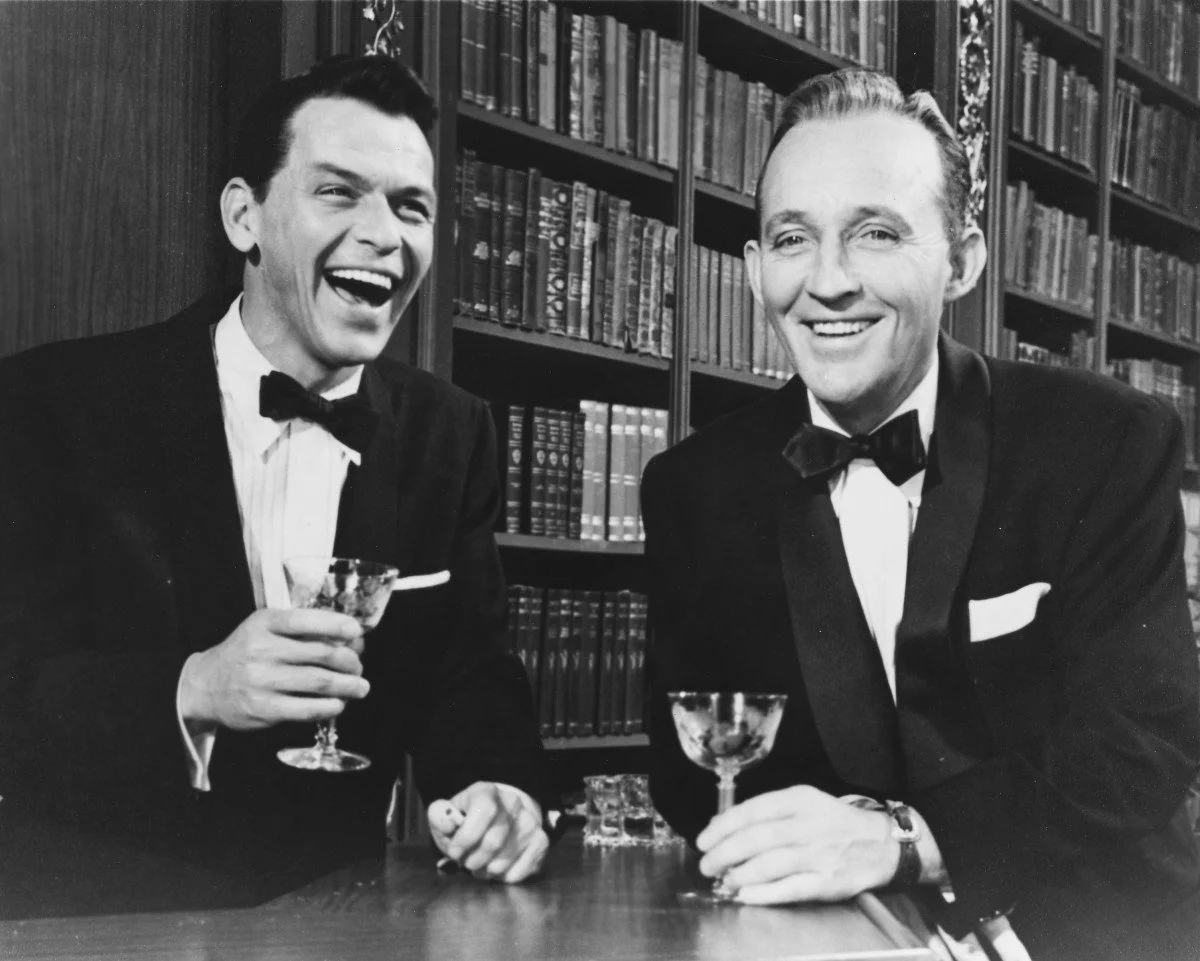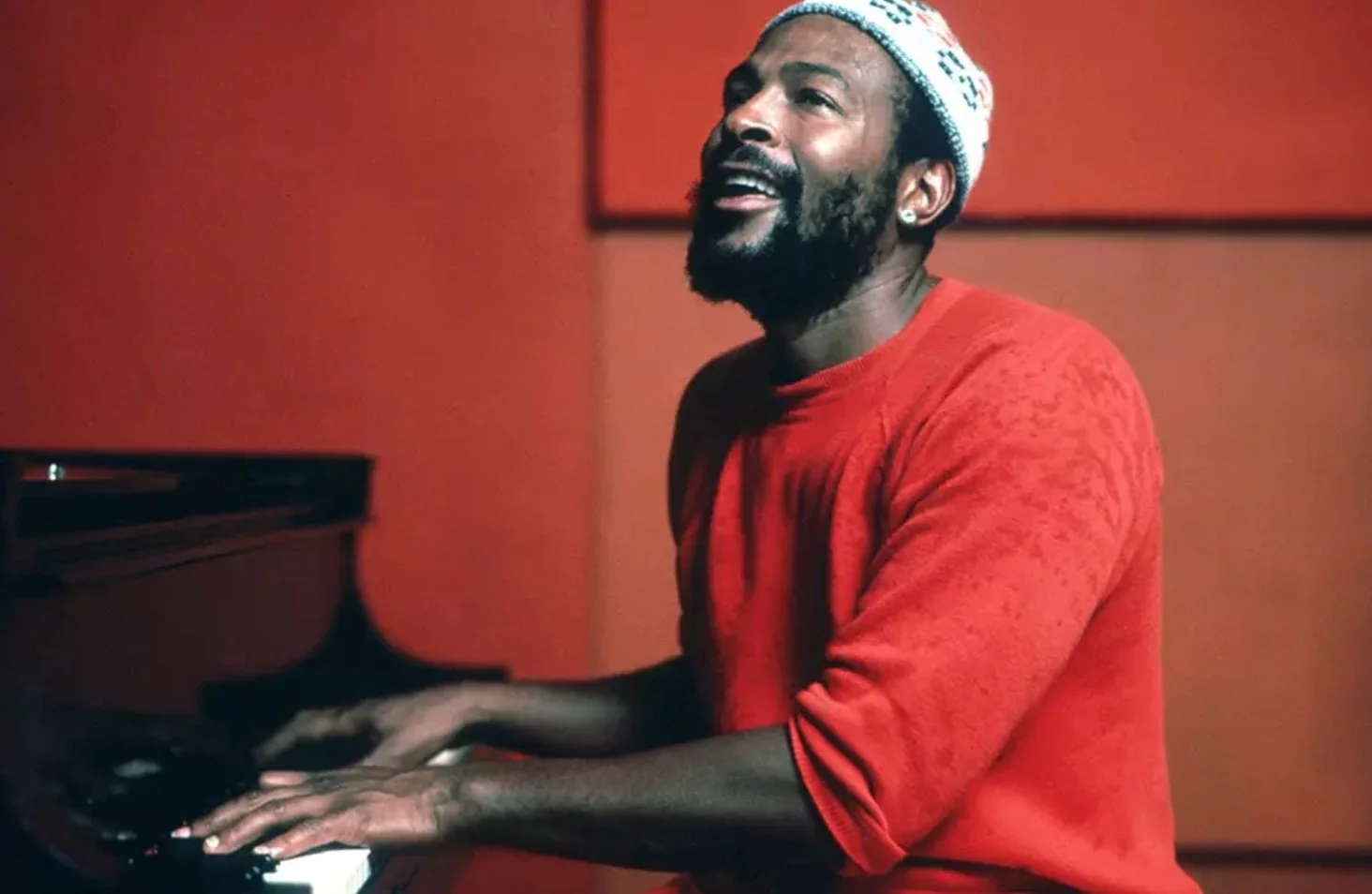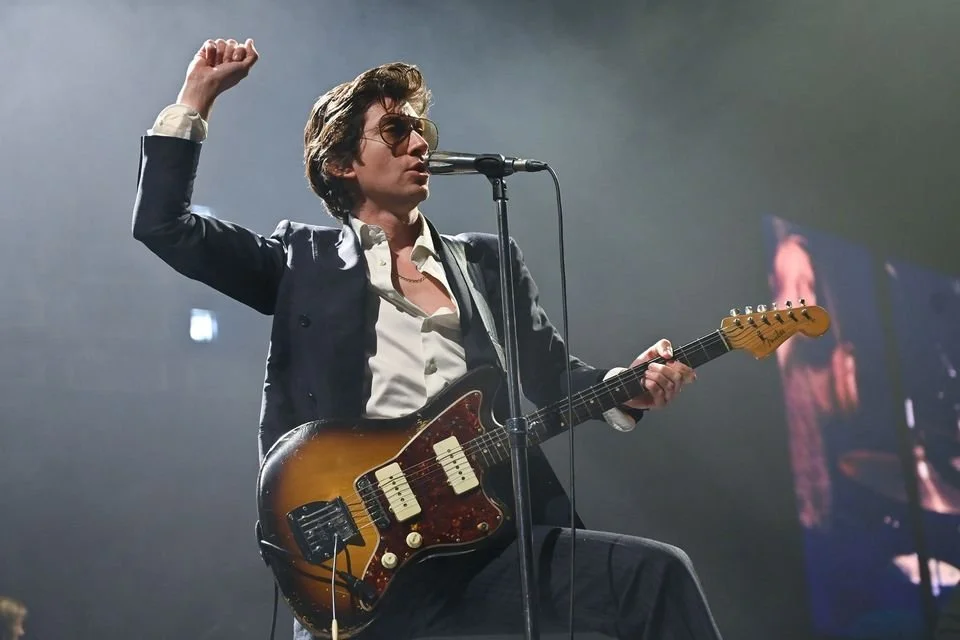By The Landlord
“We of the soft-crooning radio type of singer are giving the people what they want. The American public as a whole does not care for full-throated operatic singing. And why should it? Down through the ages, it has been the simple song which has lived and continues to touch the heart of humanity. And so it is with singing.” – Rudy Vallée
“The crooning turns to a sunrise singing.” – Vachel Lindsay
“I was really psyched about crooner types like Frank Sinatra or Scott Walker. Something that comes more from the stomach than the throat. There's an emotional thrust to singing that way that I wanted to try on my own. I can't really sing deep and strong like that, but I wanted to just aim in that direction.” – Panda Bear
“Amy Winehouse had just the right touch of longing, the feeling of being both captivated and a little trapped by love and desire, into each phrase.” – Tony Bennett
“Beneath the bebop moon
I want to croon with you
Beneath the Mambo Sun
I got to be the one with you
My life's a shadowless horse
If I can't get across to you
In the alligator rain
My heart's all pain for you.” – Marc Bolan, Mambo Sun
Crooners. What conjures then in your mind’s eye and ear? Older male, heavy-of-tread but at times strangely sensitive performers with a soft, sometimes shaky bass or baritone delivery, with nicotine tans in brown or black suits and ties, suave but also a bit sleazy, veterans of the cabaret, jazz or club scene, sometimes with bigger success hosting TV game shows, with sweating brows and a somewhat retro way with the ladies?
The favourites of the older fan? It’s arguably a double-edged label, not always complimentary, cutting the sharp, or saggy, cloth of such performers’ style, sometimes suited to the best, sometimes though pertaining to the more terrible in 20th-century popular music, but where does it all come from?
This week it’s time to explore crooning in the full range, the style, the technique, the good, bad and ugly, emotive, intimate and excellent, the creative, the cosy, and the cringeworthy, the sensitive and sentimental. And to explore further questions. Whether or not a crooner must sung low, or can be higher in pitch? And whether there are also female crooners, or have even exude a more ambiguous gender.
The dictionary definition of crooning is to hum or sing in a soft, low voice, often in an emotive or sentimental manner. The term is derived from the Scottish dialect word croyne, meaning more a louder, deep noise, but that softened in the late 19th century, becoming more associated with child-soothing lullabies. In early 20th-century America, to “croon a tune” was a phrase coined in Al Jolson’s Rockabye Your Baby with a Dixie Melody, pertaining in particular to that rather dated term of Afro-American nannies – ‘Black Mammies’.
But while the soft, gentle crooning delivery was originally about hushed tones of childcare at bedtime, this all changed radically with technology. Singing evolved completely with the advances of the microphone, moving from those of more basic models with internal mechanical bells and membranes into which you had to sing relatively loudly, to the carbon-based models, which picked up air change with greater sensitivity from pressure-dependent contact resistance between carbon particles.
A carbon microphone from the 1920s - key to the rise of the crooner
Suddenly it was no longer required to be a ‘belter’ type stage singer, bright and full-warbling like song thrush as in opera or other classical genres – those who had to sing loud to the back of the audience, projecting at full-throated volume.
The new, more air-sensitive microphone ushered in a new generation of singers who could be more intimate, seemingly effortless, friendly, conversational in tone, one like a late-night radio host or someone just off the street or in your living room.
The new microphone was like the aural version of the film close-up. Singers could mumble, even whisper. But this went both ways – while this allowed performers to express immediacy in all kinds of new ways, it also allowed in some who arguably barely had singing skills at all, who were more emotive performers. And as with the best actors, it allowed every nuanced and phrasing, and indeed lyrics to shine out with startling detail.
A title that perfectly captures the early crooner style: Whispering Jack Smith's Ich küsse ihre Hand, Madame (In Dreams I Kiss Your Hand, Madame) from 1928
Singers then had to adapt. In those early days of the 1920s, previous stage ‘belters’ such as Frank Crumit and Gene Austin learned to use the mic close up or stand back from it when giving it full throttle. Meanwhile a new breed came through specific to the new microphone, crooning pioneers such as the aptly named “Whispering” Jack Smith, Art Gillham and “Little” Jack Little, whose idiosyncrasies included comic elements. Meanwhile the velvety voiced Rudy Vallée gave crooning its sex appeal, becoming the the first so-called “swooner-crooner”. Crooning seems the straddle that line between sensitive, intimate, but also the sexy, and sleazy.
The change in culture was cleverly captured in the 1932 Lloyd Bacon movie, The Crooner, starring David Manners as Ted Taylor, a saxophonist in a jazz band struggling to make a name in the New York nightclub scene. He sings too, but is never really heard over the instruments. In this scene, by chance he is handed a cone-megaphone, and, as with the new microphone technology, suddenly the audience begin to hear his voice:
The ungainly comic megaphone has an irony of course, but captures quite a breakthrough, as the film shows with gentle, subtle comedy, Ted suddenly turns into a preening prima donna, elevating himself above the rest of the band. In this clip, with great focus on various character faces, at the moment he pulls out his big – er – cone, all the ladies all come out of the bathroom to hear him, while all the men go in the opposite direction.
That cone represents the microphone of course. In this BBC documentary, a demonstration shows how the microphone brought the crooner into the spotlight:
Back in the 1930s the new crooning trend slipped between the serious and parody in film and vaudeville. Not only in US and Europe. Germany for example, exponents of the comedy crooner include Harry Frommermann from the Comedian Harmonists, Willy Fritsch and Rudi Schuricke.
That has carried into a later era, with such performers as Max Raabe, a suave and also satirical performer. Many standup comedians have doubled as crooners, sometimes hoping to be taken seriously. Des O’Connor was an example, regularly a guest on the Morecambe & Wise show, but ruthlessly mocked by the comedy duo. And on a much more absurd level, Vic Reeves, who, while actually quite a good singer in reality, in the 2000s regularly did the extreme, indescribably awful but amusing ‘club singer’ style on the anarchic comedy game show Shooting Stars.
Going back to the more serious musicians, the 1930s proved that crooners didn’t necessarily need deep, more conventionally masculine styles. At that time, black musicians, who adapted to the mic with their own more falsetto trends, including Louis Armstrong to complement his trumpet solos, and similarly saxophonist Dan Grissom in Jimmie Lunceford's big band.
Other tenor crooner’s origins are arguably inspired by, or to complement their own instrument and can have different, superb voices. How about then trumpeter Chet Baker, his original pianist colleague Nat King Cole, or elsewhere, the Brazilian guitarist João Gilberto.
And that tradition continues to this day with the more showbiz likes of Louie Austen, Harry Connick Jr, Michael Bublé, Tom Gaebel, Juliano Rossi, Jamie Cullum, Adam Green and Mario Biondi. The crooner seems to remain alive and well, healthily or otherwise, in part thanks to TV competitions such as various talent franchises of the Simon Cowell variety, mining and exploiting the canon of classics to find, and exploit, the next star.
But before any of these, it’s impossible not to mention a certain performer who found his voice in the 1940s as a young singer, indeed Boy Singer of the Tommy Dorsey Orchestra in 1940 and revolutionised the aesthetics of male singing in popular music with his baritone voice. The King of Crooners, Frank Sinatra, whose big influence was actually Bing Crosby, another crooning great (but only when he later changed his style to copy Frank), dazzled white audiences by adopting strong jazz-like phrasing and articulation. He gave rise to armies of followers and other stars including Dean Martin , Sammy Davis Jr, Tony Bennett and Bobby Darin.
Frank and Bing
Sinatra also influenced jazz instrumental playing styles. Could they also be seen as a form of crooning? Saxophonist Lester Young described Sinatra as his most important artistic influence in the later years of his career, and similar statements have even been made by Miles Davis. And In turn Young is cited by Marvin Gaye as a crucial inspiration when he began to give his soul singing - that wonderfully smooth sort of making-love-to-the-mic intimacy.
Soulful crooning inspired by Lester Young and Frank Sinatra? The great Marvin Gaye
So where does crooning start and end? This is highly subjective of course. A couple more guests have dropped in to the Bar to give their voice this subject. Popular smooth and sugary crooner Michael Buble has arrived with his beaming smile, to declare: “I think Elvis Presley is a crooner. Even people like Eddie Vedder, I hear him sing some things and I go ‘wow’. Seal, that kind of nice voice, too.”
Meanwhile, Tori Amos is here too, having a little tinkle on our piano, and adopting that sideways on, half-off the stool style:
“I love the classic crooners, but I got that from my mother – she worked in a record store,” she says. But does she sometimes, in the best possible way, croon herself, using that intimate sound in her throat? And what about other piano-playing singers, such as the great Nina Simone, who using a full range of close mic techniques as well as being a superb powerhouse? Or, could even Billie Eilish sometimes enter that territory with her close-mic style?
Crooner noir? Billie Eilish
And what of other current or recent singers? Is crooning a style sometimes adopted by performers as their career develops? Has, for example, Nick Cave, formerly the 80s punk with The Birthday Party, gradually become sharp-suited messianic crooner, albeit a powerful, and variously tender and angry one? Or what about Arctic Monkeys’Alex Turner, once a noughties, cheekily nasal-voiced Yorkshire youth, always a brilliant songwriter, but now evolved into sharp-suited, more lounge-style performer, inspired by fellow Sheffield hero Richard Hawley.
Sheffield style? Evolved crooner Alex Turner
And with a new biopic film newly out about the tragic Amy Winehouse, while she and her amateur singer father who massive fans of classic crooner Tony Bennett, who describes her above, could she in turn come into a superior form of the crooner style?
So then, it’s time to have a close listen and see what sort of crooning can come up with in your ears. Crooner in chief this week is that excellent playlisting performer ParaMhor! Place your ideas in comments below, for deadline on Monday 11pm UK time, for results next week. Let’s get up close.
Shure microphone of the 1950s
New to comment? It is quick and easy. You just need to login to Disqus once. All is explained in About/FAQs ...
Fancy a turn behind the pumps at The Song Bar? Care to choose a playlist from songs nominated and write something about it? Then feel free to contact The Song Bar here, or try the usual email address. Also please follow us social media: Song Bar Twitter, Song Bar Facebook. Song Bar YouTube, and Song Bar Instagram. Please subscribe, follow and share.
Song Bar is non-profit and is simply about sharing great music. We don’t do clickbait or advertisements. Please make any donation to help keep the Bar running:

